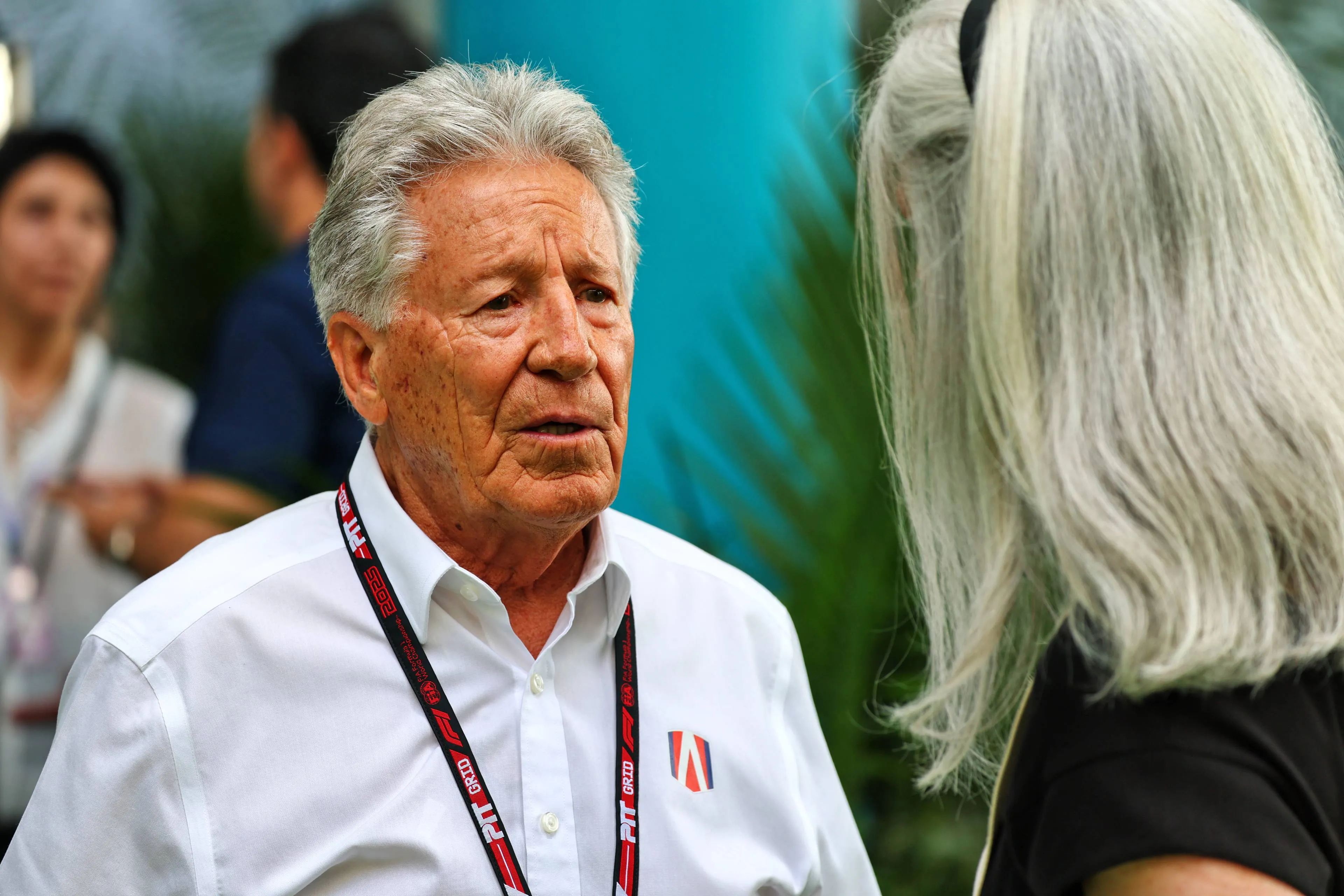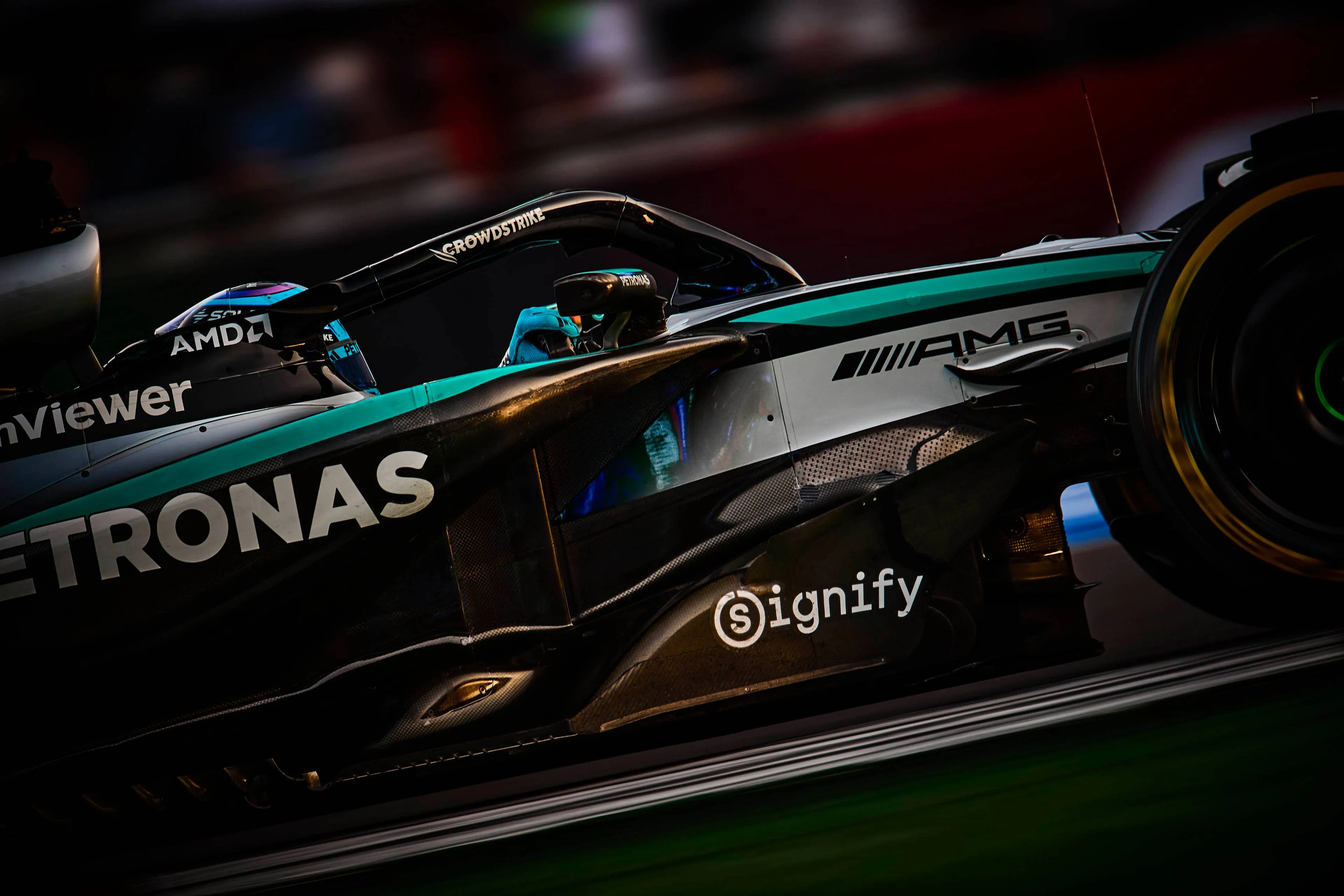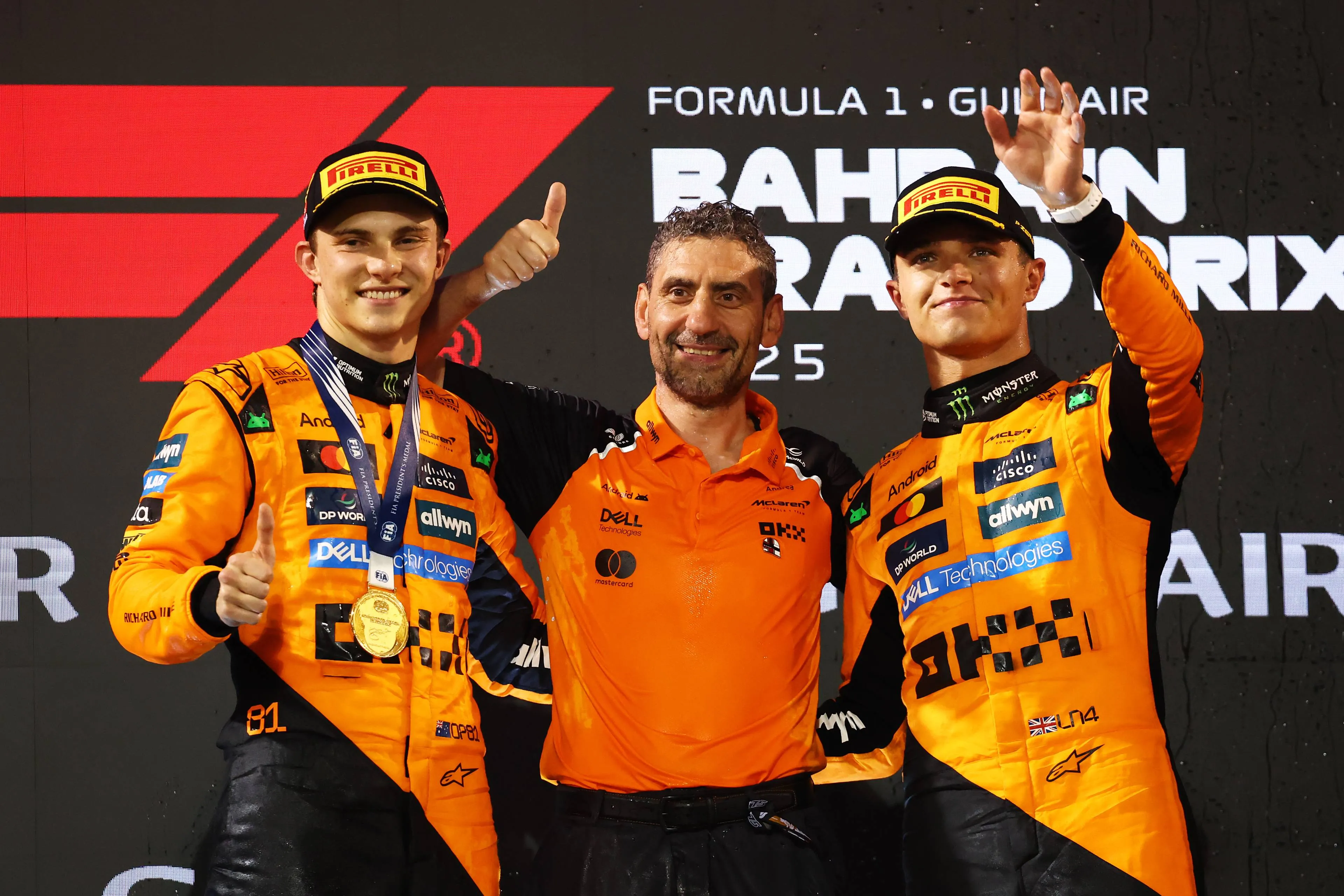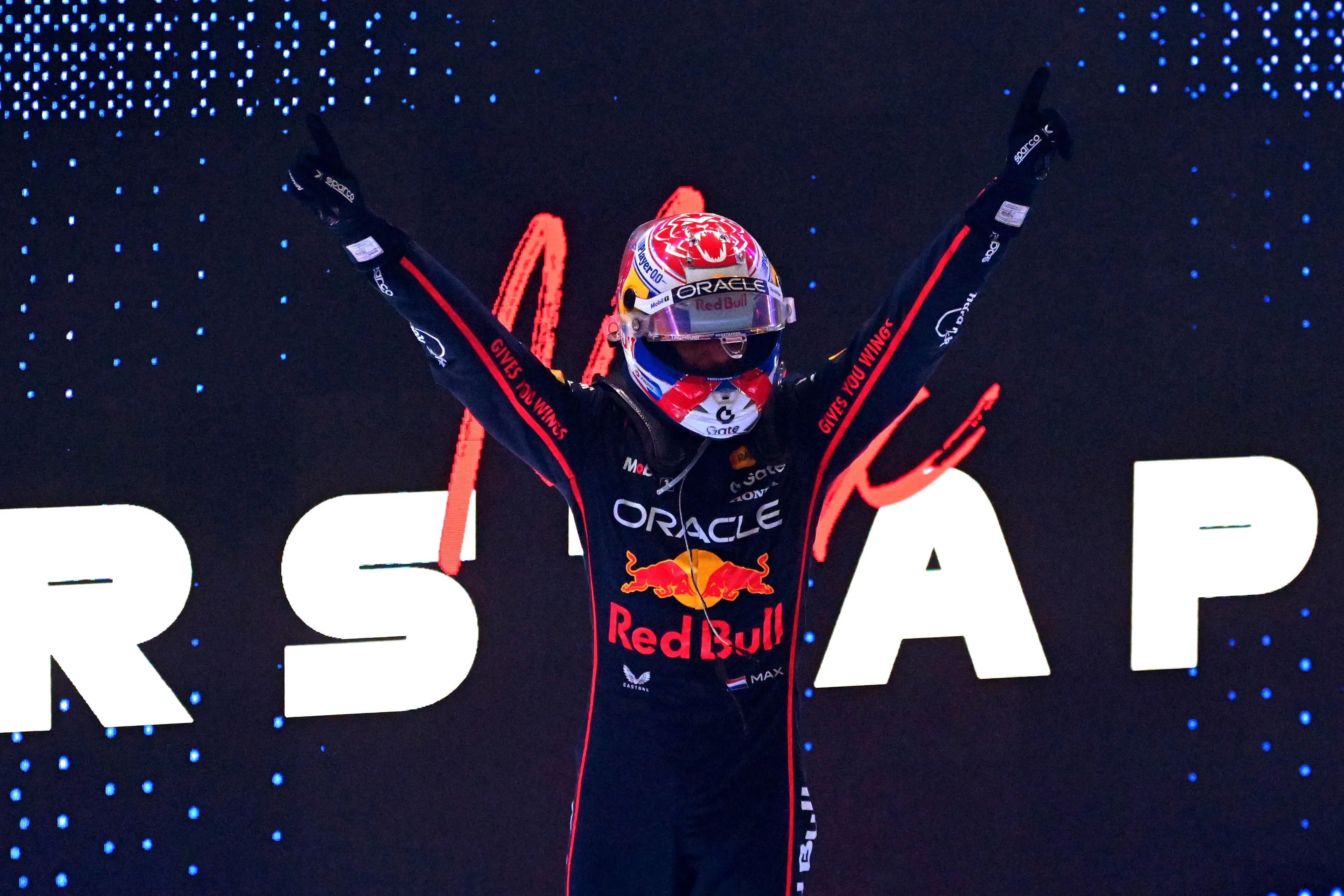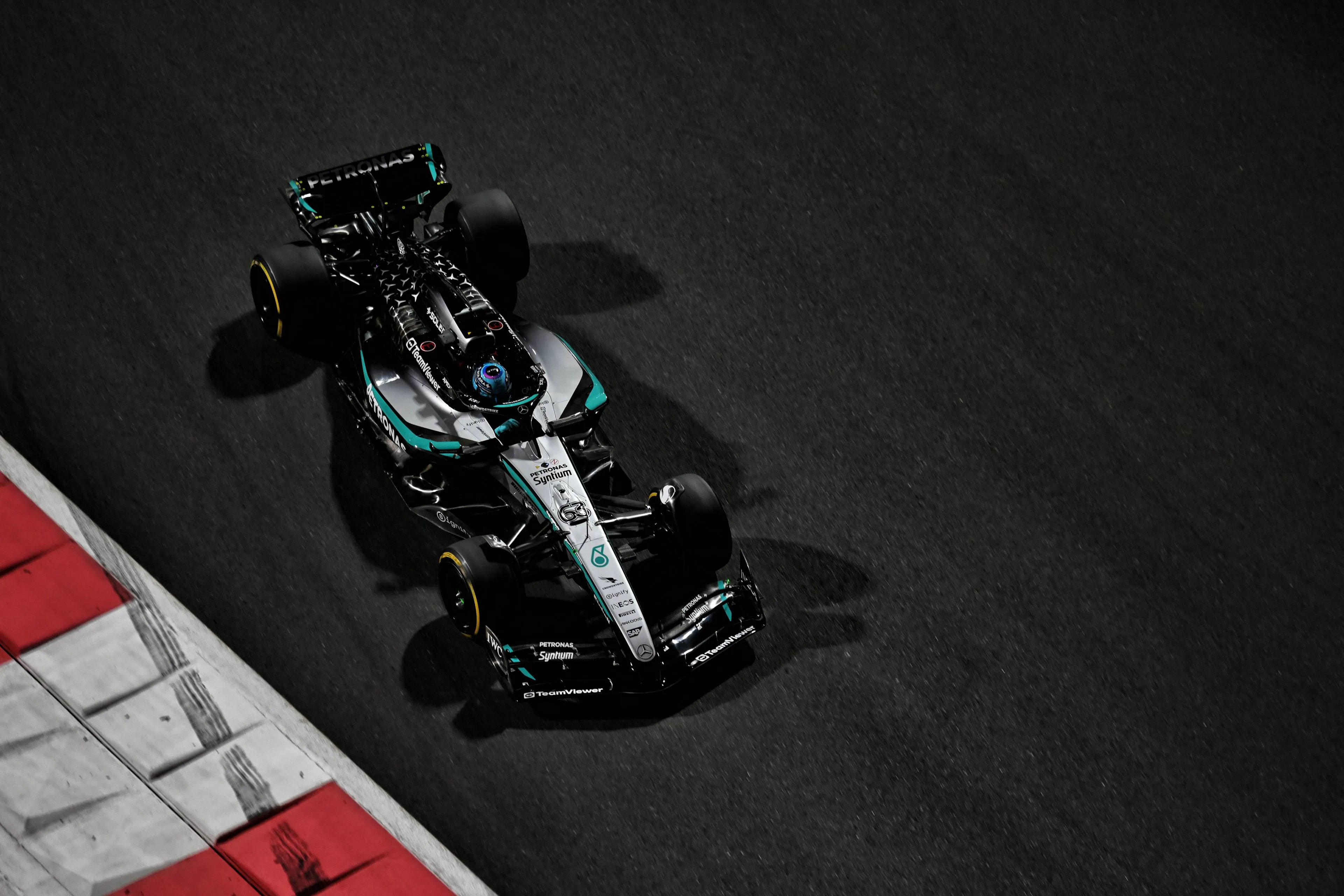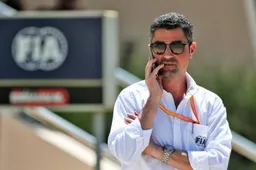Formula 1 race director Michael Masi has said that the FIA and F1 Group are going to look into the regulations regarding different helmet designs for 2020 after Daniil Kvyat was told he couldn’t use his specific design for his home Grand Prix in Russia.
Previously drivers had been able to change the design on their helmets as they pleased before a rule was introduced in 2015 to limit the amount they could change on their basic design, with the except of a one-off complete change.
Kvyat had ran a special design at Monza for Toro Rosso’s home Grand Prix and was denied a change in Russia as it was deemed substantially different to his regular version.
“I don’t think that Kvyat was picked out. The question was asked, if the helmet design is substantially similar, and the response was ‘no it’s not’,” Masi said after the Russian GP.
“The team asked me if the design was in my view substantially similar, which I believe is the wording in the regulations.
“From my end, that’s what the regulation said when the question was asked.”
The Australian spoke with driver in the Friday briefing in Russia about helmet design after it had been raised, stating it is something he and the FIA will look into further.
“I said to the drivers on Friday night that yes, it’s something we will look at, but there are a number of inputs,” Masi added.
“It is not just the FIA, it’s the F1 Group, we’ve also got broadcast media.
“It’s funny talking to some of the commentators about it.
“They said ‘The reason why it was there was because of us, when we’re looking down, we know who is in the car.
“‘If we’ve got someone changing helmets all the time, we’ve actually got to think and look twice on who it is when we’re doing the live television broadcast.’
“It would require a regulation change, is the simple part.
“There is your one joker per year that you’re allowed, and when the question is asked, the response is relatively black and white.”
Kvyat had ran a special design at Monza for Toro Rosso’s home Grand Prix and was denied a change in Russia as it was deemed substantially different to his regular version.
“I don’t think that Kvyat was picked out. The question was asked, if the helmet design is substantially similar, and the response was ‘no it’s not’,” Masi said after the Russian GP.
“The team asked me if the design was in my view substantially similar, which I believe is the wording in the regulations.
“From my end, that’s what the regulation said when the question was asked.”
The Australian spoke with driver in the Friday briefing in Russia about helmet design after it had been raised, stating it is something he and the FIA will look into further.
“I said to the drivers on Friday night that yes, it’s something we will look at, but there are a number of inputs,” Masi added.
“It is not just the FIA, it’s the F1 Group, we’ve also got broadcast media.
“It’s funny talking to some of the commentators about it.
“They said ‘The reason why it was there was because of us, when we’re looking down, we know who is in the car.
“‘If we’ve got someone changing helmets all the time, we’ve actually got to think and look twice on who it is when we’re doing the live television broadcast.’
“It would require a regulation change, is the simple part.
“There is your one joker per year that you’re allowed, and when the question is asked, the response is relatively black and white.”
Read more about:
Rumors
Popular on GPBlog

1
Aston Martin issues statement after unexpected withdrawal from Formula 1
13904 times read

2
Verstappen responds to Leclerc rumour after Monaco move
4595 times read

3
Ferrari reveals striking new race suits for Hamilton and Leclerc
2111 times read

4
Aston Martin pulls out from F1 commitment as Mercedes become the sole supplier
1164 times read
Loading


